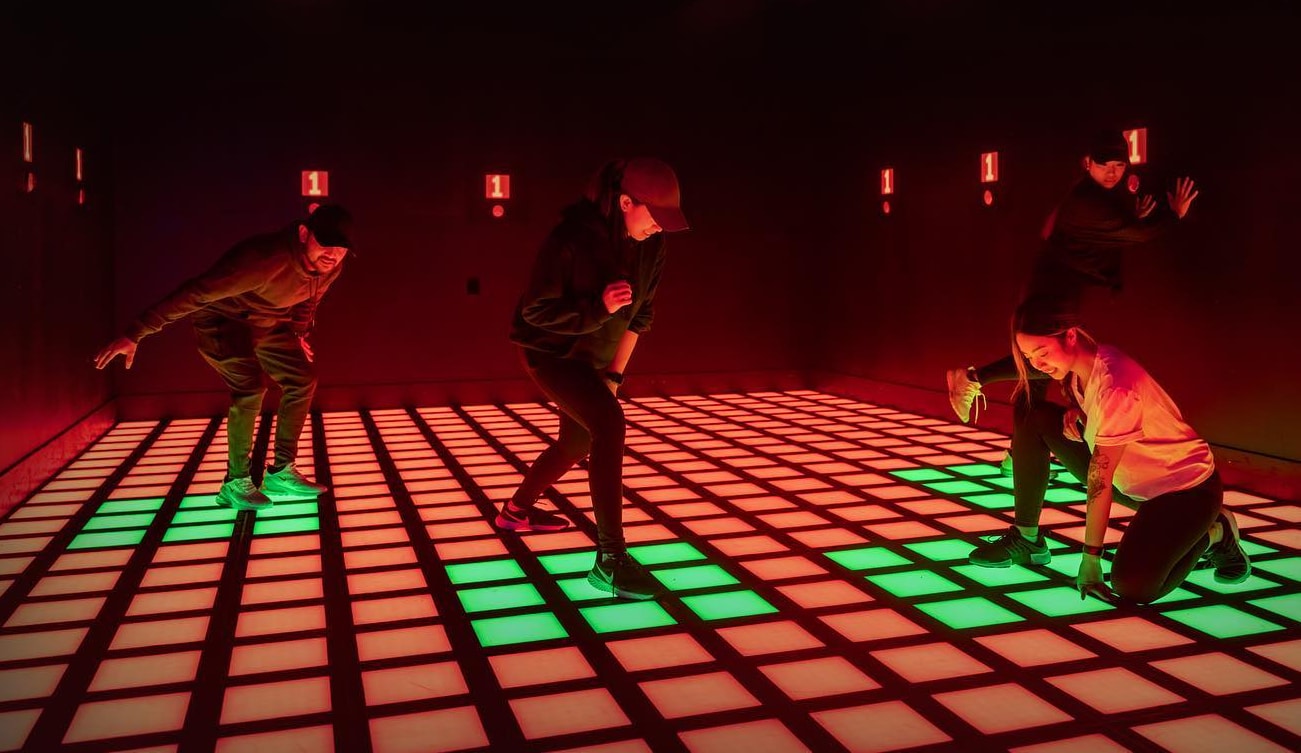The quantum immersion system employs a hybrid quantum-classical computing architecture, utilizing quantum processors for complex environment simulation and physical computations while leveraging classical GPU clusters for real-time graphics rendering. The activategames system integrates a 256-qubit processor, achieving 1.8 trillion quantum gate operations per second, increasing dynamic scene complexity by 400%. The environmental perception network includes 128 high-precision sensor nodes that capture real-time data on motion, acoustics, optics, and biofeedback within the space.
Core Technological Breakthroughs
- Quantum Ray Tracing Engine
Utilizes quantum amplitude amplification algorithms to optimize light path calculations, improving traditional ray tracing speed by 300 times. Supports real-time 16K resolution with 1024 ray bounces per pixel, with latency below 3 milliseconds. Quantum noise suppression technology ensures a 98dB signal-to-noise ratio, significantly reducing graphical noise.
- Neural-Quantum Interface
Reads user neural signals directly through a 64-channel brain-computer interface, allowing the system to predict intended actions and emotional responses. Quantum machine learning algorithms complete neural pattern recognition within 50 milliseconds, activategames enabling thought control and emotionally adaptive content adjustment.
- Multi-Sensory Synchronization Matrix
Integrates tactile, temperature control, and olfactory output systems, ensuring absolute synchronization of multi-sensory stimuli through quantum entanglement principles. Temporal accuracy reaches 0.1 milliseconds with spatial positioning error under 2 millimeters. Supports simultaneous activategames management of 128 independent sensory channels.
Performance Metrics
- Rendering Resolution: 16K@240Hz holographic projection
- Computational Latency: 2.8ms end-to-end response
- Sensory Channels: 128 synchronous outputs
- User Capacity: Supports 50 concurrent interactions
- Power Efficiency: 65% improvement over traditional systems
Application Scenarios
- Hyper-realistic theme park experiences
- Professional simulation training systems
- Medical rehabilitation entertainment therapy
- Next-generation interactive cinema
Current Progress
Third-generation prototype testing completed, with first commercial deployment at Shenzhen Future Technology Museum. The system successfully increased user immersion to 94% (standard questionnaire assessment) and achieved a record of 800 hours of continuous operation without failure on a single device.
Further optimization of quantum computing resource scheduling algorithms is required. The next-generation system is expected to achieve tera-scale pixel rendering capability by 2024.


